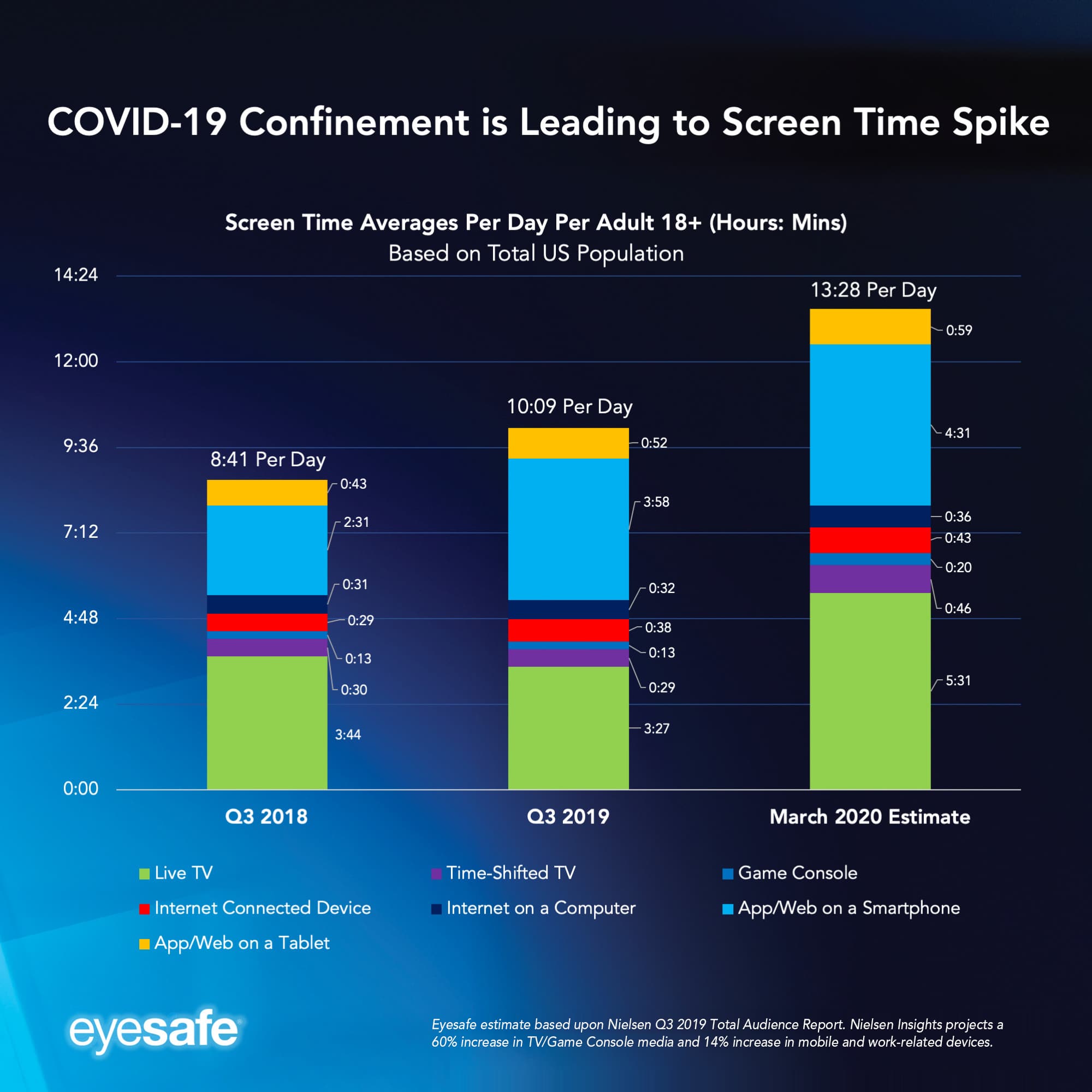This is not another article simply discussing COVID-19, how it impacted the global economy and how your business can survive a pandemic. Instead we will focus on the longer term implications of an economy going through a digital transformation. The virus has clearly impacted all of us and set the tone for the 2020’s, but, the world was going to change regardless.
Consumer behavior dramatically changed over the previous 20+ years as new technologies and solutions were continuously developed. Think about the music industry shifting from physical copies to fully digital in the 2000’s. Or how movies shifted in the 2010’s to being streamed over the internet, instead of physically buying or renting a copy. Retail followed suit in the late 2010’s as consumers eagerly adopted online shopping. B2B sales is another segment that has shifted consistently during the past decade as digital marketing matured, albeit the shift has accelerated with COVID-19 lockdowns.
The fact is we live in an ever-changing world, digital or otherwise, which brings constant risk and opportunity. In 2020, this was evident with the “K-shaped” economic recovery in which certain industries recovered quickly while others continue to lag behind. As a business leader, it is important to understand those risks as well as opportunities in order to adapt how you operate. Effective adaptation will be the biggest driver for success in the 2020’s.
Impact of a Digital Economy on B2B Organizations
In general, B2B organizations are positioned well for a digital transformation. Most B2B sales and marketing professionals have already started moving away from more traditional channels to find leads and close deals. It’s not a given, but as an example, practically every sales or marketing professional is on LinkedIn today. Social media marketing (and cold outreach), search marketing (Google or Bing), CRM automations and email/text/calling are all very common tools in the modern B2B marketer’s toolkit.
B2B organizations tend to welcome new technologies in an effort to get a leg up on the competition and find customers. This openness is what puts many B2B professionals at an advantage in our rapidly changing economy. Now with a massive shift of employees working from home; new opportunities to connect with potential customers are being created constantly. More people working from home means more time spent on the computer (both for work and personal reasons) – your digital strategy is becoming more difficult to avoid.
The Risks of Adaptation
Corporate America is conditioned to perform cost-benefit analyses anytime they are presented with an opportunity. Thinking, analyzing, planning, etc. before acting is a good thing but the need to adapt has never been so obvious. Imagine operating a business today without a website, a social media presence, a CRM or any other technology that you use daily. That sounds crazy but there are plenty of businesses that do just that; they failed to adapt and, as a result, are no longer operating. The question business leaders used to ask is “What is the risk of investing in this new technology?” but in the current economic climate of accelerated change, they are now asking themselves “What is the risk of NOT investing in this new technology?”
Although the risk profile has shifted from adapting to not adapting, business leaders still must educate themselves and fully understand the underlying technology before taking action. Again, with how fast the world is changing, it can be difficult to deeply understand the risk of implementing a new technology within your organization. If you are struggling to understand the risks of a technology then you should perform your due diligence and seek advice from experts. There are many experts or agencies (ourselves included) that help organizations adapt and transition their marketing and sales to a digital-first approach.
Finally, any B2B business leader would benefit from the concept of “fire bullets, then cannonballs” which was popularized by author Jim Collins in his book, Great by Choice. Here is an excerpt from the author’s website that summarizes it best “First, you fire bullets (low-cost, low-risk, low-distraction experiments) to figure out what will work—calibrating your line of sight by taking small shots. Then, once you have empirical validation, you fire a cannonball (concentrating resources into a big bet) on the calibrated line of sight. Calibrated cannonballs correlate with outsized results; uncalibrated cannonballs correlate with disaster. The ability to turn small proven ideas (bullets) into huge hits (cannonballs) counts more than the sheer amount of pure innovation.”
The Opportunity of Adaptation
Organizations are wise to play the long game and not rush into any decision, especially a decision that requires a lot of capital to implement. With that said, B2B companies will benefit when they can adapt faster than the competition. We see this increased speed of adoption across most consumer technology as well as B2B marketing & sales solutions. A great example is how long it took companies to incorporate older technologies like Oracle or SAP into their business than it does to incorporate a newer and more lightweight solution like Hubspot or Abby Connect.
Another factor at play is a global shift towards digital adoption. More and more people are online for more time than ever before, to the point where the average American spends the majority of their waking hours in front of a screen. This is probably not a great thing for us individually but does present an opportunity for businesses to connect with potential customers.

Mass adoption of digital coupled with an openness to trying new tools and solutions is both an opportunity for your business to sell your solution but also an opportunity for you to adopt digital solutions yourself.
How to Adapt
Take action and don’t wait around for the circumstances to be perfect. That will never happen. Even if the action is to Google “best marketing software for reaching my customers” or “cold sales email automation tools”, that’s an action worth your time. From there it’s as simple as understanding the tools, the value they provide and the risk involved. Remember; do not put all your eggs in one basket and seek advice from experts to help you develop a sales and marketing system that works.


